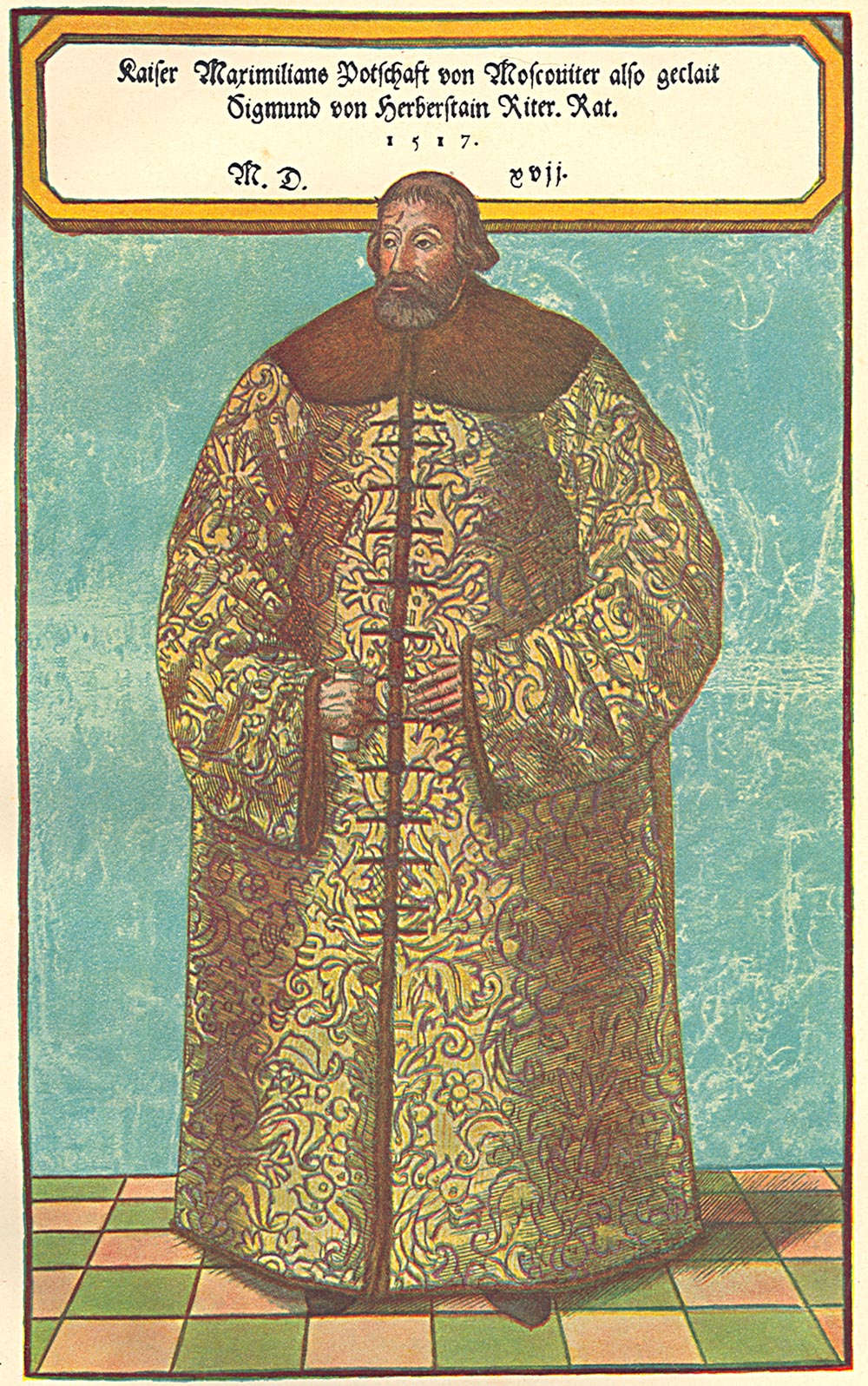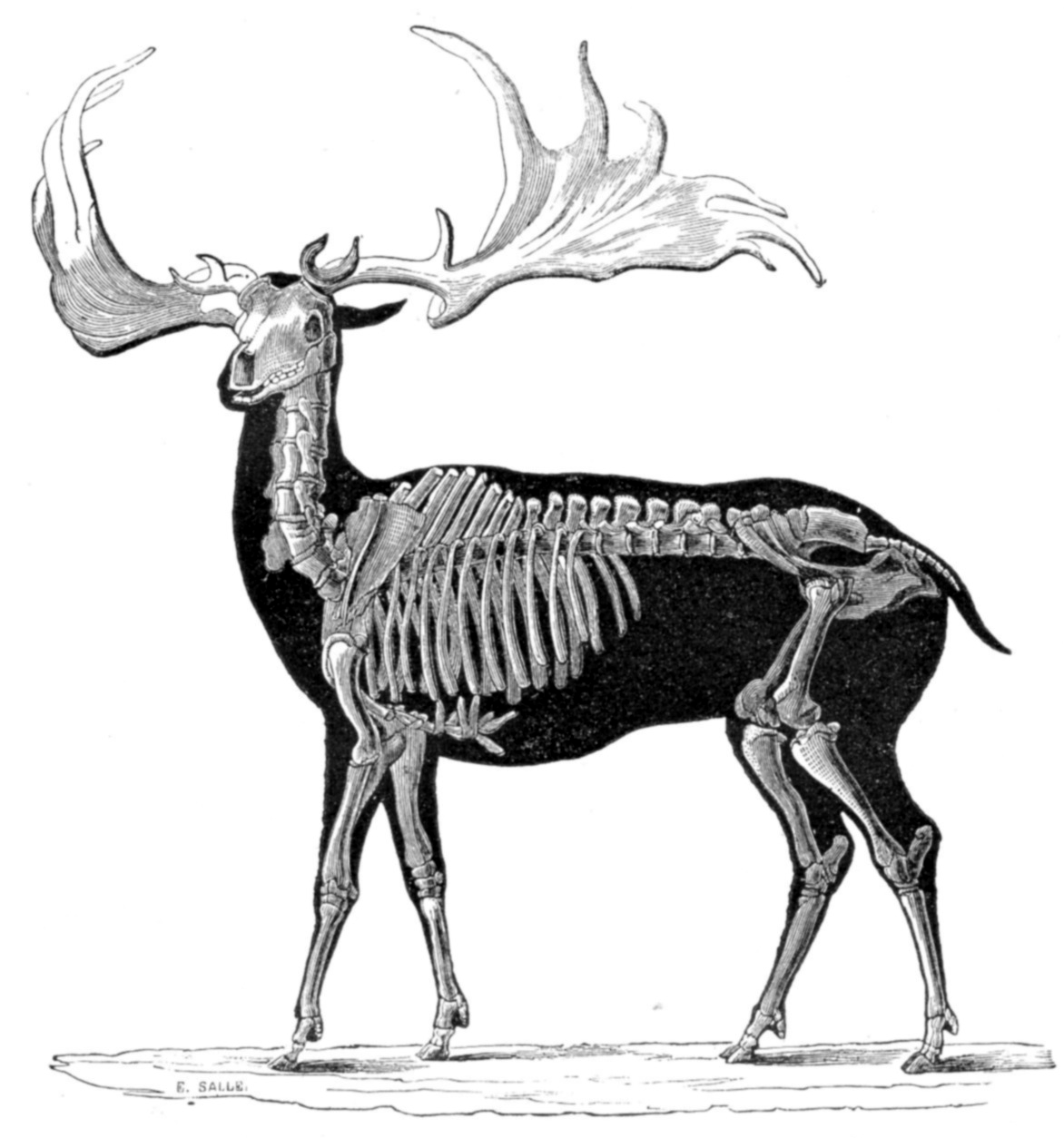|
Alfred Nehring
Alfred Nehring (29 January 1845, in Gandersheim – 29 September 1904 in Berlin-Charlottenburg) was a German zoologist and paleontologist. He studied philology and natural sciences in Göttingen and Halle, afterwards teaching classes in Wesel (1867) and Wolfenbüttel (1871). From 1881 he was a professor at the ''Landwirtschaftliche Hochschule'' (agricultural university) in Berlin. Nehring's scientific investigations involved modern and prehistoric vertebrates, being particularly interested in the history and morphology of domesticated animals (horses, dogs, etc.). In his studies of the guinea pig, he asserted '' Cavia cutleri'' to be the direct ancestor of the domesticated guinea pig. Selected writings * ''Ueber die Cerviden von Piracicaba in Brasilien (Prov. St. Paulo)'', 1884 - On cervids of Piracicaba. * ''Ueber eine Pelzrobben-Art von der Küste Süd-brasiliens'', 1887 - About a fur seal species from coastal southern Brazil. * ''Ueber Sus celebensis und verwandte'', 1889 ... [...More Info...] [...Related Items...] OR: [Wikipedia] [Google] [Baidu] |
Alfred Nehring (Zoologische Annalen Band II 1908)
Alfred Nehring (29 January 1845, in Bad Gandersheim, Gandersheim – 29 September 1904 in Charlottenburg, Berlin-Charlottenburg) was a German zoologist and paleontologist. He was a founding professor of zoology at the Royal agricultural university in Berlin. Nehring was born in Gandersheim and was educated at Helmstedt and then in Braunschweig, passing his exams in 1863. He then joined the University of Göttingen and then received a doctorate from Halle in 1867. He passed the teachers exam and joined the Royal Gymnasium in Wesel (1867) , later moving to Wolfenbüttel (1871). His paleontology work attracted interest from Rudolf Virchow, and in 1881 he became a professor of zoology at the newly founded Royal Agricultural University / ''Landwirtschaftliche Hochschule'' in Berlin. He worked there until his death. His main interests were in the Pleistocene fossils from Thiede, Immendorf, Groß- and Klein-Vahlberg, Schöppenstedt, Hornburg and Osterode, Neinstedt, Suderode, Gernrode, Qu ... [...More Info...] [...Related Items...] OR: [Wikipedia] [Google] [Baidu] |
Piracicaba
Piracicaba ( or ) is a city located in the Brazilian state of São Paulo. The population is 407,252 (2020) in an area of 1378.07 km². It is at an elevation of 547 m above sea level. Name The place name comes from a word in the Tupi language that means "place where the fish stops", and it is formed by the junction of the terms ''pirá'' ("fish"), ''syk'' ("stop") e ''aba'' ("place").. The name refers to the waterfalls of the Piracicaba River, which bisects the city, which is a point where the "piracema"—fish swimming upstream to reproduce— are stopped. History In 1766, Antonio Correa Barbosa, charged with the task of establishing a settlement on the estuary of Piracicaba river, opted for a location about from it. The settlement was officially founded on August 1, 1767, as a ''povoação'' subordinated to the ''vila of'' Itu. In 1784, Piracicaba gets emancipated from Itu, becoming a ''freguesia.'' In 1821, the freguesia is promoted to ''vila'', known as Vila Nova d ... [...More Info...] [...Related Items...] OR: [Wikipedia] [Google] [Baidu] |
Ctenomys Minutus
The tiny tuco-tuco (''Ctenomys minutus'') is a tuco-tuco species found in Brazil and Bolivia , image_flag = Bandera de Bolivia (Estado).svg , flag_alt = Horizontal tricolor (red, yellow, and green from top to bottom) with the coat of arms of Bolivia in the center , flag_alt2 = 7 × 7 square p .... It is squirrel like with a furry texture. References Tuco-tucos Mammals described in 1887 {{rodent-stub ... [...More Info...] [...Related Items...] OR: [Wikipedia] [Google] [Baidu] |
Cricetus
The European hamster (''Cricetus cricetus''), also known as the Eurasian hamster, black-bellied hamster or common hamster, is the only species of hamster in the genus ''Cricetus''. It is native to grassland and similar habitats in a large part of Eurasia, extending from Belgium to the Altai Mountains and Yenisey River in Russia. Historically, it was considered a farmland pest and had been trapped for its fur. Its population has declined drastically in recent years and is now considered critically endangered. The main threats to the species are thought to be intensive agriculture, habitat destruction, and persecution by farmers. Description The European hamster has brown dorsal fur with white patches. The chest and belly are black. The tail is short and furred. It is much larger than the Syrian or dwarf hamsters, which are commonly kept as pets, and is the largest known species of hamster. It weighs and can grow to long with a tail of . Its dental formula is . Behaviour T ... [...More Info...] [...Related Items...] OR: [Wikipedia] [Google] [Baidu] |
Palestine (region)
Palestine ( el, Παλαιστίνη, ; la, Palaestina; ar, فلسطين, , , ; he, פלשתינה, ) is a geographic region in Western Asia. It is usually considered to include Israel and the State of Palestine (i.e. West Bank and Gaza Strip), though some definitions also include part of northwestern Jordan. The first written records to attest the name of the region were those of the Twentieth dynasty of Egypt, which used the term "Peleset" in reference to the neighboring people or land. In the 8th century, Assyrian inscriptions refer to the region of "Palashtu" or "Pilistu". In the Hellenistic period, these names were carried over into Greek, appearing in the Histories of Herodotus in the more recognizable form of "Palaistine". The Roman Empire initially used other terms for the region, such as Judaea, but renamed the region Syria Palaestina after the Bar Kokhba revolt. During the Byzantine period, the region was split into the provinces of Palaestina Prima, Palaestin ... [...More Info...] [...Related Items...] OR: [Wikipedia] [Google] [Baidu] |
Nesokia
''Nesokia'' is a genus of rodent in the family Muridae endemic to West Asia and Central Asia known as the short-tailed bandicoot rats. Species Genus ''Nesokia'' - short-tailed bandicoot rats: * Short-tailed bandicoot rat (''Nesokia indica'') Gray, 1842 * Bunn's short-tailed bandicoot rat Bunn's short-tailed bandicoot rat (''Nesokia bunnii'') is a species of rodent in the family Muridae The Muridae, or murids, are the largest family of rodents and of mammals, containing approximately 1,383 species, including many species of mic ... (''Nesokia bunnii'') (Khajuria, 1981) References * Rodent genera Taxa named by John Edward Gray Taxonomy articles created by Polbot {{Murinae-stub ... [...More Info...] [...Related Items...] OR: [Wikipedia] [Google] [Baidu] |
Sigismund Von Herberstein
Siegmund (Sigismund) Freiherr von Herberstein (or Baron Sigismund von Herberstein; 23 August 1486 – 28 March 1566) was a Carniolan diplomat, writer, historian and member of the Holy Roman Empire Imperial Council. He was most noted for his extensive writing on the geography, history and customs of Russia, and contributed greatly to early Western European knowledge of that area. Early life Herberstein was born in 1486 in Vipava (german: Wippach) in the Duchy of Carniola, now in Slovenia, then part of the Habsburg monarchy. His parents were Leonhard von Herberstein and Barbara von Lueg, members of the prominent German-speaking family which had already resided in Herberstein Castle for nearly 200 years. Little is known of his early life apart from the fact that he became familiar with the Slovene language spoken in the region. This knowledge became significant later in his life. In 1499, he entered the University of Vienna to study philosophy and law. In 1506, he entered the army as ... [...More Info...] [...Related Items...] OR: [Wikipedia] [Google] [Baidu] |
Cervus Megaceros
The Irish elk (''Megaloceros giganteus''), also called the giant deer or Irish deer, is an extinct species of deer in the genus ''Megaloceros'' and is one of the largest deer that ever lived. Its range extended across Eurasia during the Pleistocene, from Ireland to Lake Baikal in Siberia. The most recent remains of the species have been carbon dating, carbon dated to about 7,700 years ago in western Russia.Supplementary information Erratum in The Irish elk is known from abundant skeletal remains which have been found in bogs in Ireland. It is not closely related to either of the living species currently called elk: ''Moose, Alces alces'' (the European elk, known in North America as the moose) or ''Elk, Cervus canadensis'' (the North American elk or wa ... [...More Info...] [...Related Items...] OR: [Wikipedia] [Google] [Baidu] |
Volga
The Volga (; russian: Во́лга, a=Ru-Волга.ogg, p=ˈvoɫɡə) is the List of rivers of Europe#Rivers of Europe by length, longest river in Europe. Situated in Russia, it flows through Central Russia to Southern Russia and into the Caspian Sea. The Volga has a length of , and a catchment area of «Река Волга» , Russian State Water Registry which is more than twice the size of Ukraine. It is also Europe's largest river in terms of average discharge (hydrology), discharge at delta – between and – and of drainage basin. It is widely regarded as the Rivers in Russia, national river of Russia. The hypothetical old Russian state, the Rus' Khaganate, arose along the Volga . Historically, the river served as an important meeting place of various Eurasian civilizations. The river flows in Russia through forests, Fo ... [...More Info...] [...Related Items...] OR: [Wikipedia] [Google] [Baidu] |
Chernozem
Chernozem (from rus, чернозём, p=tɕɪrnɐˈzʲɵm, r=chernozyom; "black ground"), also called black soil, is a black-colored soil containing a high percentage of humus (4% to 16%) and high percentages of phosphorus and ammonia compounds. Chernozem is very fertile soil and can produce high agricultural yields with its high moisture storage capacity. Chernozems are a Reference Soil Group of the World Reference Base for Soil Resources (WRB). Distribution The name comes from the Russian terms for black and soil, earth or land (''chorny'' + ''zemlya''). The soil, rich in organic matter presenting a black color, was first identified by Russian geologist Vasily Dokuchaev in 1883 in the tallgrass steppe or prairie of European Russia. Chernozem cover about 230 million hectares of land. There are two "chernozem belts" in the world. One is the Eurasian steppe which extends from eastern Croatia (Slavonia), along the Danube (northern Serbia, northern Bulgaria ( Danubian Pla ... [...More Info...] [...Related Items...] OR: [Wikipedia] [Google] [Baidu] |
Steppe
In physical geography, a steppe () is an ecoregion characterized by grassland plains without trees apart from those near rivers and lakes. Steppe biomes may include: * the montane grasslands and shrublands biome * the temperate grasslands, savannas and shrublands biome A steppe may be semi-arid or covered with grass or with shrubs or with both, depending on the season and latitude. The term " steppe climate" denotes the climate encountered in regions too dry to support a forest but not dry enough to be a desert. Steppe soils are typically of the chernozem type. Steppes are usually characterized by a semi-arid or continental climate. Extremes can be recorded in the summer of up to and in winter, . Besides this major seasonal difference, fluctuations between day and night are also very great. In both the highlands of Mongolia and northern Nevada, can be reached during the day with sub-freezing readings at night. Mid-latitude steppes feature hot summers and cold wint ... [...More Info...] [...Related Items...] OR: [Wikipedia] [Google] [Baidu] |
Tundra
In physical geography, tundra () is a type of biome where tree growth is hindered by frigid temperatures and short growing seasons. The term ''tundra'' comes through Russian (') from the Kildin Sámi word (') meaning "uplands", "treeless mountain tract". There are three regions and associated types of tundra: Arctic tundra, alpine tundra, and Antarctic tundra. Tundra vegetation is composed of dwarf shrubs, sedges, grasses, mosses, and lichens. Scattered trees grow in some tundra regions. The ecotone (or ecological boundary region) between the tundra and the forest is known as the tree line or timberline. The tundra soil is rich in nitrogen and phosphorus. The soil also contains large amounts of biomass and decomposed biomass that has been stored as methane and carbon dioxide in the permafrost, making the tundra soil a carbon sink. As global warming heats the ecosystem and causes soil thawing, the permafrost carbon cycle accelerates and releases much of these soil-contained g ... [...More Info...] [...Related Items...] OR: [Wikipedia] [Google] [Baidu] |
.jpg)







